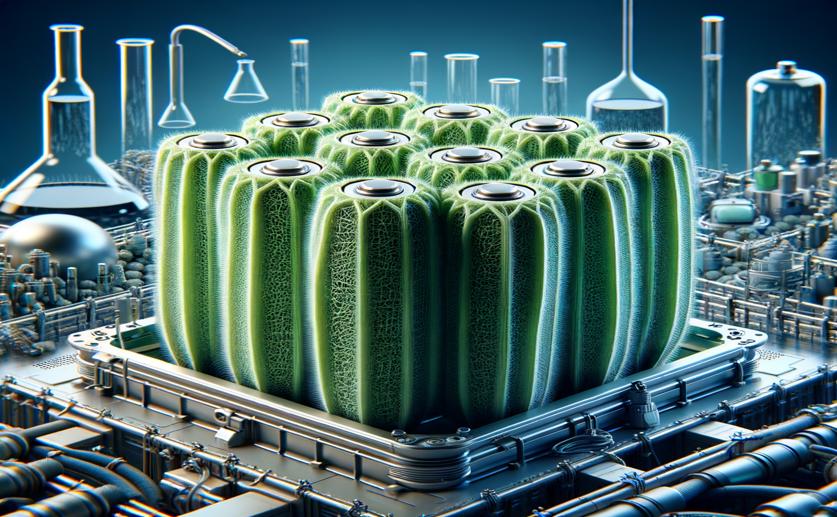
High-Efficiency and Stable Battery Storage with Okra-Inspired Fibers
Jim Crocker
9th April, 2024

Image Source: Natural Science News, 2024
Key Findings
- Researchers at Zhejiang Sci-Tech University developed a new anode material for sodium-ion batteries (SIBs)
- The anode features a unique design with okra-like nickel and iron sulfides inside carbon nanofibers, enhancing charge speed and durability
- The anode maintains 93.5% capacity after 1100 cycles, showing high capacity, rapid charging, and long-term stability
References
Main Study
1) Achieving High-Rate and Stable Sodium-Ion Storage by Constructing Okra-Like NiS2/FeS2@Multichannel Carbon Nanofibers.
Published 8th April, 2024
https://doi.org/10.1021/acsami.4c02306
Related Studies
2) Interface ion-exchange strategy of MXene@FeIn2S4 hetero-structure for super sodium ion half/full batteries.
3) Emerging of Heterostructure Materials in Energy Storage: A Review.
4) Interface Engineering of Fe7S8/FeS2 Heterostructure in situ Encapsulated into Nitrogen-Doped Carbon Nanotubes for High Power Sodium-Ion Batteries.



 7th April, 2024 | Jenn Hoskins
7th April, 2024 | Jenn Hoskins